The uneven frontier production
The taxpayers in the frontier provinces, registered in Internal Taxes as of 2013, represented 1.5% of the national total. The Directory of Companies of the ONE shows 565 businesses, and 83.5% are in Montecristi and Dajabon
Dajabon. The trans - frontier commerce makes important contributions to the economy. The farm sector is notable for the milk production, which due to the drought, has seen production fall from 60,000 L a day which was the production in March to 40,000.
The province is also notable for rice production, a sector which since 2012 has been working itself out of bankruptcy. In the current harvest they are collecting 72,000 fanegas (100 kg) from 19,000 tareas.
"We are experiencing a certain stability. Danilo Medina found rice production in a critical stage, and in bankruptcy, and it has been improving itself little by little," says Wascar Sigollen, the President of the Rice Producers Association of Dajabon.
"Of course there have been problems, because we producers (Rice farmers) have debts in arrears at financial institutions such as the Agriculture Bank and with informal financiers," he adds.
The government, through the National Institute of Hydraulic Resources (INDRHI) has made a lot of contributions, such as the reconstruction of the Juan Calvo irrigation canal, the construction of the La Piña dam and the repair of the dam at Cabeza de Caballo.
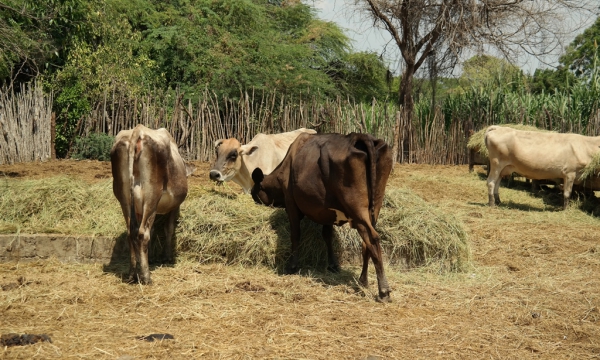
Elias Piña
This province is considered to be the poorest in the country. Some farmers still use teams of oxen to plow the ground. With mountain valley terrain and microclimates, it has an arable surface of more than 1 million tareas. Nevertheless, the Senator, Adriano Sanchez Roa, regrets that they barely plants 80,000 tareas.
The most important crops are tamarind, squash, red beans, chickpeas, rice and other short cycle crops. Nevertheless there is a situation which is holding back production: the seasonal drought which has continued since March.
Tito de los Santos, the President of the Controlled Environment Producers Association, regrets that the spring harvest of beans, corn and chickpeas have been affected in about 60%, especially in Hondo Valle. "The farmers plant in springtime, and it has not rained and we are in May," he said.
He indicated that one of the limitations is that the irrigation systems are concentrated in the cultivation of vegetables, with the other 90% at the mercy of the rains. "A complete system of irrigation should be installed," he demanded.
Montecristi
The temperature was 32°C at 1 o'clock in the afternoon of this Thursday, in which Elise was filling bags with dirt in order to sow banana plants in a nursery of the state project at La Cruz de Manzanillo. Within the nursery Miguelina was doing the same thing, and she like Elise, is an undocumented Haitian immigrant.
The Ministry of Agriculture reports that Montecristi contains 151,084 tareas of organic and conventional bananas, and representatives of the sector estimate that the province contributes 55% of the nation's production.
The Center for Exports and Investment of the Dominican Republic (CEI - RD) says that between 2012 and 2014, the country exported US$524.7 million in bananas.
This activity offers employment in Montecristi to some 23,000 persons, with 90% being Haitian immigrants, many of them undocumented who should go to the National Plan of Normalization of Foreigners.
It has been nearly 2 years since the government restarted the project at La Cruz de Manzanillo, and in 2013 they loaned RD$440 million to private producers. And the situation has improved, with the European market being the greatest client.
"At the present time we are contributing 4% of the exports of the Dominican Republic. The project hopes to represent 10%," says the administrator of La Cruz de Manzanillo, Ramon Fondeur.
Cattle and goat farming and fishing are also areas being exploited. The Ministry of Agriculture stresses that the province cultivates 439,457 tareas of rice each year, in two harvests.
Added to this is the artisan production of salt, with more than 300 independent producers. The Senator for the province, Heinz Vielif, feels that they need the intervention of investors to construct a salt refinery which would take the sector out of its crisis.
Independencia
The principle economic activity of the province is the cross - frontier commerce through the gateway of Jimani, and the agricultural sector is divided into a ‘before' and an 'after' of the expansion of Lake Enriquillo some eight years ago.
Lands that were dedicated to cattle grazing, and crops such as chickpeas, corn, plantains, sorghum and beans, were flooded by the waters. Some 625 families are waiting for the government to continue handing over 51,000 tareas, which it began deliver in Baitoa, and should continue in Espartillar, El Limon, Tierra de Guzman, Cerro Colorao, Bartolome, Las Clavelinas and the Tres Luces with an investment of some RD$1.2 billion.
Part of the farm belonging to Darvis Garcia, the President of the Cattlemen's and Milk Producers Association of Duverge, has a gloomy aspect. From muddy land gray tree trunks jut up, killed the by the waters. Your view is lost out in the lake, when you try to delimit how far the flood has reached in the 90% of his 1200 tareas that it has flooded.
"Before the flooding we were selling more than 400 L of milk a day, and we had profits, now I have a lot of expenses, before I didn't have many expenses, I had sufficient grass and forage, and with an enormous growth expectation, because before this area had some 12,600 head of cattle, and after the flooding of Lake Enriquillo we hardly number more than 1000. We are barely recovering, and we should have more than 3000," says Garcia.
Because of the drought, the waters of the lake have gone down, but the lands that have remained to dry out are unproductive. "We have more than 175,000 tareas underwater (....). Right now we have more than 25 cattle farmers bringing in water to be able to supply their cattle," he laments.
Pedernales
This province has two problems: 60% of its total area is in protected areas, which include 95% of its productive lands, and around 90% of the farmers and cattlemen did not possess property titles. This occurs in parcels which even remained inside the Sierra de Bahoruco National Park when the state established its boundaries.
In Los Arroyos they produce Hass avocados for export, and small-scale crops by the leasing by Dominicans to Haitian immigrants, in exchange for a percentage of the harvest. Here, Marcos Fernandez, the former regional director of the Ministry of Agriculture, is the proprietor without a title since 1985 of some 400 tareas, which are worth RD$1500 each. He feels that when they have talked of correcting the situation, "the environmentalists are irrational."
The production is also based on cattle and fishing, plus the cultivation of different beans, tropical root crops, plantains, mangoes, bananas and coffee, but this latter crop has been affected by the rust.
Another activity is cement production, which is carried out by Cementos Andino Dominicanos. Angel Zabala, the Governor of Pedernales, indicates that the company is going through "a great recession," because of economic problems which have led it to "suspend temporarily 50% of its employees."
Pedernales is also characterized by bauxite and limestone mining. The latter is carried out by the Ideal Dominicana Company. Dovemco is the company which mines the bauxite, and Zabala explains that the company is working "at full capacity," exporting to China as much as 200,000 tons a month.
In spite of the fact that as of last year the export of bauxite had produced earnings to the province of more than RD$58 million, this activity contaminates the environment, including the maritime coastline.

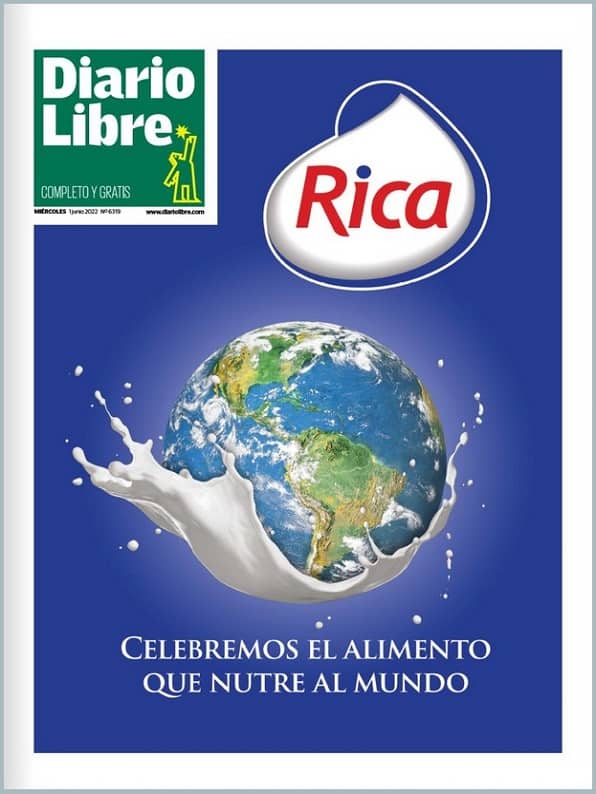
 Diario Libre
Diario Libre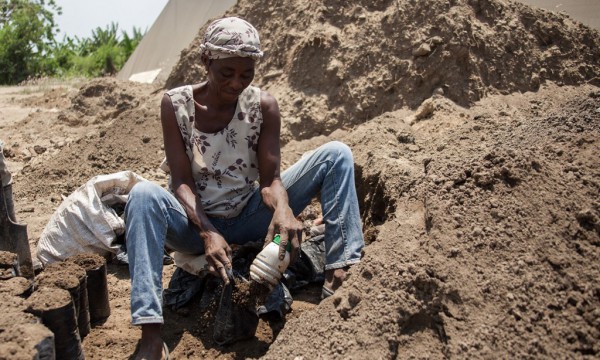
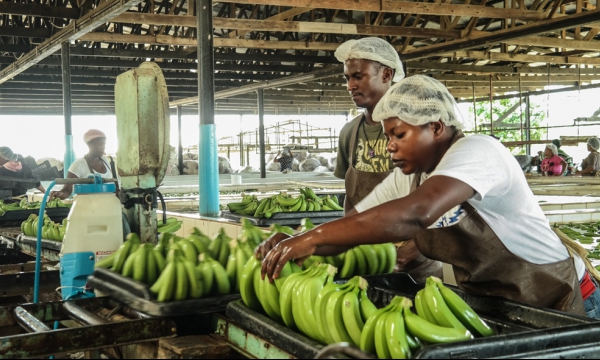
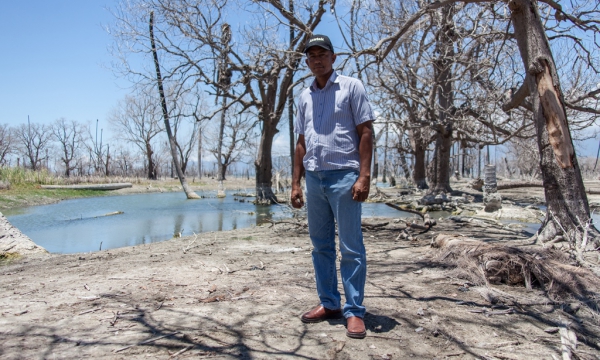
 Diario Libre
Diario Libre